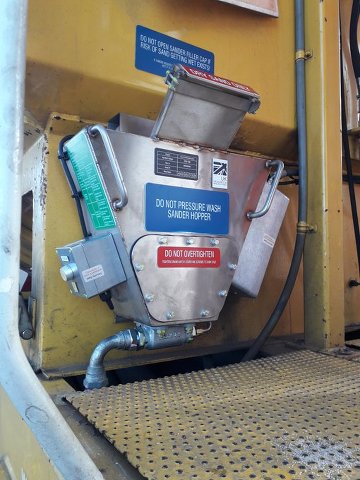GC class B1
Member
Could one of the signalling specialists on the forum answer a question. In the earlier SPAD with the two class 57s and an unbraked class 710 EMU, the report stated that the distance between the previous signal and the SPAD signal was 1320 metres and the line speed approaching the previous signal was 65 MPH. For the Sileby SPAD the report stated that distance from the previous signal to the SPAD signal was 2580 metres. In the clause 51 of the report into the SPAD at Loughborough, RAIB report No 10/2020, the driver stated that the signalling distances on both the fast (maximum speed110 MPH) and slow lines were the same and that as a result the braking distance on the slow lines were more than necessary. It seems that this lead the driver to incorrectly believe that he could therefore brake at a lower rate in order to stop before the red signal. I wonder why at the apparently similar similar locations the slow line signal spacings in the Sileby area were almost double those in the Loughborough area. The driver of the train involved in the Loughborough SPAD appears to have been mislead by the variations in signal spacing in this area.
Last edited:

